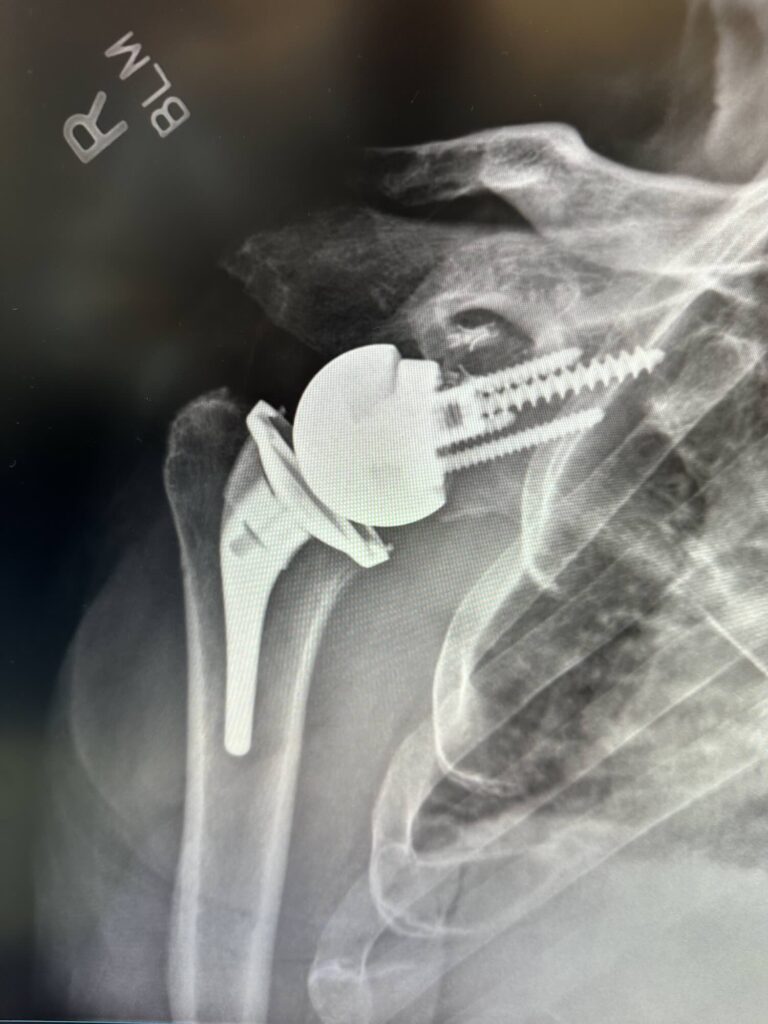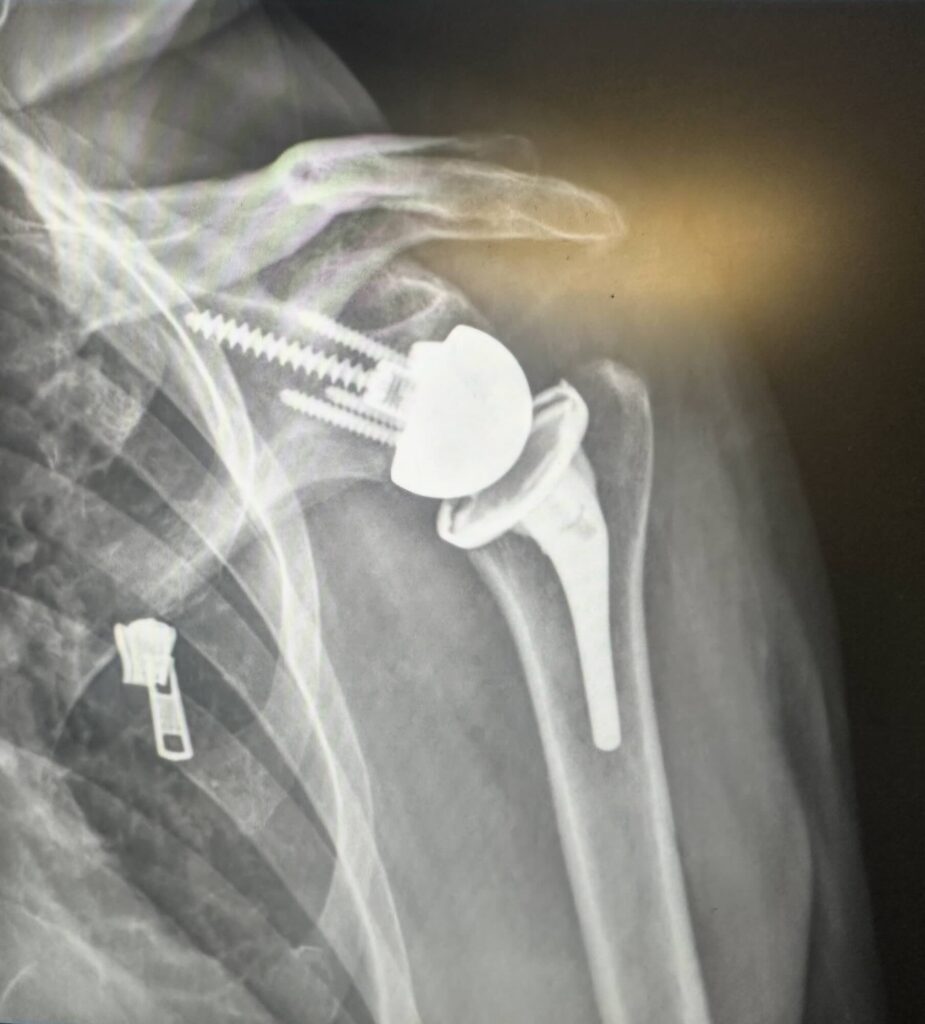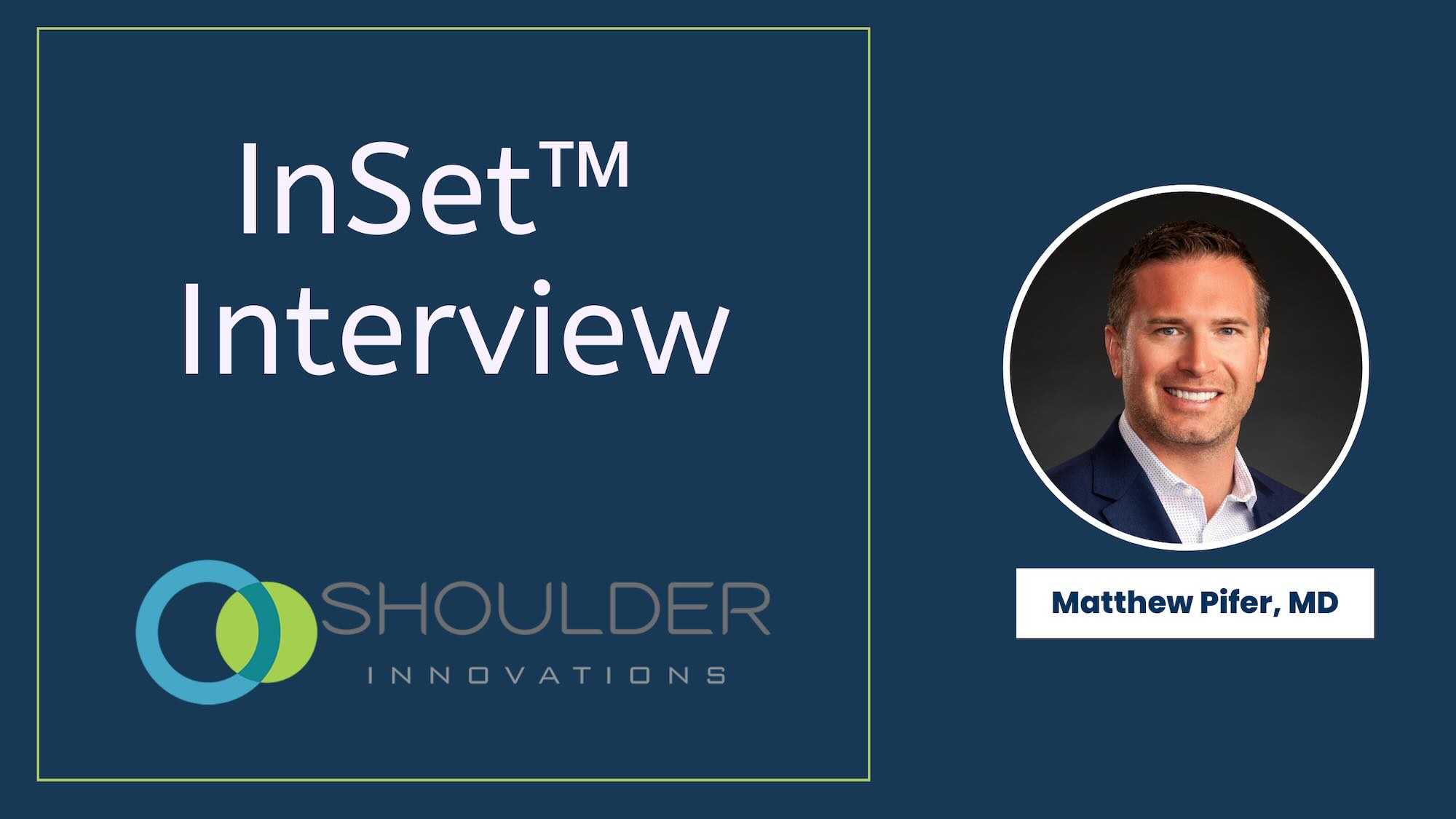We recently had the opportunity to interview Dr. Matthew Pifer and learn more about his background and experiences using InSet™ Systems from Shoulder Innovations in his practice as an orthopedic surgeon.
An edited version of our interview led by David Blue follows.
David Blue:
Thank you for joining us today. Would you please share your background, including how you became involved in healthcare and specifically orthopedics?
Dr. Matthew Pifer:
I grew up in Ohio and did my undergraduate studies in chemistry and biology and through that, I feel like medicine found me – eventually, leading me to medical school. In med school, I gravitated toward surgical, hands-on applications and found orthopedics to be the perfect fit. I love being able to identify a problem, perform surgery to fix it, and see patients improve, which is quite rewarding compared to other areas of medicine.
After completing my residency and fellowship, I focused primarily on shoulders. Currently, my practice is mostly centered around shoulder arthroscopy and arthroplasty. I’m now practicing in Santa Barbara, dedicated to taking good care of patients with shoulder problems.
David Blue:
What attracted you to shoulder as a sub-specialty?
Dr. Matthew Pifer:
What’s nice about shoulders is the variety of patients you get to treat. You see the entire range of the population, from 15-16 year old kids with instability, throwers in baseball, to weekend warriors like myself who strain their rotator cuffs or give themselves SLAP tears, to the older population who often need arthroplasty. It’s a comprehensive spectrum that includes both athletes and non-athletes.
Another great aspect is that most shoulder procedures are outpatient. Plus, they tend to improve significantly when you fix the problem and take great care of them, which is so rewarding to see and be a part of.
David Blue:
How long have you been using the InSet™ system, and how did you become familiar with it?
Dr. Matthew Pifer:
In the last couple of years, I’ve been using more InSet™ glenoid applications. I noticed a trend at meetings where other surgeons discussed the benefits of insetting or implanting the polyethylene and base plate more into the subchondral bone, which made a lot of sense to me.
Initially, I tried this approach with patients who would typically undergo a “ream and run procedure,” such as young individuals with high-impact activities like Hollywood stuntmen or MMA fighters. They wanted shoulder replacements, but I was hesitant to use onlay components due to their activity levels. Instead, I started using the InSet™ for these patients.
The results in my patients were impressive. They experienced great stability and significant improvements. This success transitioned my approach and since then, I have expanded my use of the entire InSet™ system.
David Blue:
What are the benefits you’ve recognized in utilizing the InSet™ Shoulder System?
Dr. Matthew Pifer:
Theoretically and practically, stability is a significant benefit of using the InSet™ glenoid. Traditionally anatomic shoulder replacements can fail due to the rocking horse effect, which is a common issue with onlay glenoid implants. By opting for an InSet™ approach from Shoulder Innovations, you really eliminate the rocking horse mechanism from the equation. The native rim of bone provides stability, akin to the manhole cover effect where the implant is supported by the bone.
As we continue to use and study this technique, I believe we will see fewer failures on the glenoid side with the InSet™ implant. Existing studies already support this, and I expect this trend to continue.
David Blue:
Do you have any tips or pieces of advice that you would give other surgeons if they were using the system for the first time?
Dr. Matthew Pifer:
Familiarizing yourself with the system reveals its simplicity and power. It offers strong stability on the glenoid side anatomically with the InSet™ design we’ve discussed.
On the humeral side, it provides excellent fixation for a stemless implant, which is ideal for anatomic procedures where good bone quality is expected. This makes for a highly effective anatomic solution.
For reverse procedures, the glenoid baseplate is compact, at just 24mm, yet it provides robust fixation even in cases of deformity.. When you insert the baseplate, it grips so well that you can move the entire scapula, and almost the entire patient, before inserting any screws. This system also benefits from having extra lateral offset on the glenosphere and offers multiple sizes. Unlike other implants design, it’s more spherical, providing a better fit.

Additionally, the system allows for augmentation of the baseplate, which is a novel feature. On the humeral side, you have the flexibility to precisely adjust the placement of your tray or polyethylene component, enhancing the anatomic reverse procedure.

Lastly, the fewer trays you have, the simpler the process, which makes it easier for the staff to learn and become accustomed to the system. My OR staff appreciates having only one or two trays because it reduces clutter and makes their job easier. It keeps them happy, which is important for the overall efficiency and smoothness of the procedures, which is not something to overlook. The facility administration also appreciates the financial benefits of the minimal tray counts as well.
David Blue:
Do you have any closing thoughts today?
Dr. Matthew Pifer:
A component that isn’t talked about enough yet is the preoperative planning and technology with ProVoyance. I’m a big proponent of planning every possible case that I can. With this planning software, I can be very specific about exactly where my implant will be, its version, the placement of the glenosphere, and the positioning of the polyethylene.
I tell my patients that I do 50% of their surgery on a three-dimensional CAD planning program before ever stepping into the operating room. This preoperative planning system is powerful and well-designed. I can get precise measurements, place my pins and guides exactly where they need to be, and determine the pieces, parts, and sizes on the humeral side before the surgery. This efficiency means I can jump to the correct size without extensive trialing.
Numerous studies have shown that preoperative planning with software systems leads to better implant positioning and improved patient outcomes.
Dr. Matthew Pifer is an orthopedic surgeon in Santa Barbara, CA

